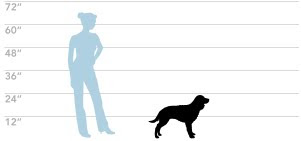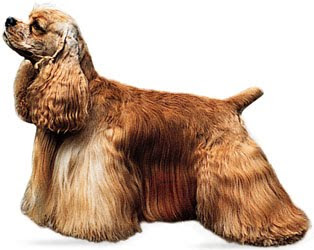
The American Water Spaniel originated around the mid-nineteenth century. The breed was developed in the Midwestern United States, probably in the areas of the Fox River and Wolf River valleys of Wisconsin. Hunters needed a dog that could function on land as well as in the swamp, while easily fitting into a canoe or skiff without taking up much room and the American Water Spaniel fitted the job perfectly. The breed has the reputation of being an excellent hunter and farm dog.
Its direct ancestors include the Curly-Coated Retriever and the Irish Water Spaniel as well as the English Water Spaniel, the Field Spaniel and possibly the Chesapeake Bay Retriever. The breed reached its peak of popularity sometime between the 1920’s and 1930’s. It is now a very rare breed.
Their behavior shows intelligence, eagerness to plea and is very friendly. The American Water Spaniel is very loyal, obedient, persistent and energetic. Commonly gentle with children and other pets, the American Water Spaniel is an ideal family pet. Although, they may become aggressive with other dogs they don’t know. If socialized, this breed is friendly with strangers.
Since they have a tendency to bark excessively, they make superior watchdogs. Also, some American Water Spaniel may “yodel” when excited! Very cute and funny. Adoring attention, the American Water Spaniel loves to play, yet can also create its own fun.
American Water Spaniels require excessive about of exercise, and enjoy to swim and hunt. Lots of games such as fetch and Frisbee are also a great way to work out some of that energy. Country houses with lots of room are recommended to own an American Water Spaniel. Very good for active families.
 |
| A 5 week old puppy. |














































